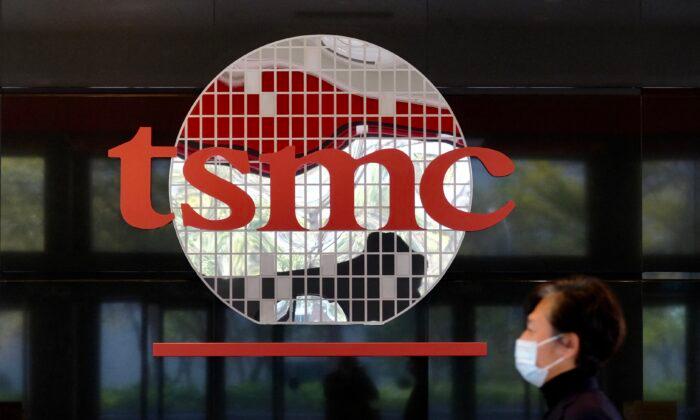The United States has a poor track record of attracting global investors, with foreign investments to new facilities having fallen sharply over the past few decades.
While foreign investment in the United States has rebounded in 2021, the situation is not as bright as it looks, according to Ian Clay, research assistant at the ITIF.
“The share of FDI going to new or expanded facilities in the United States continues to shrink,” he wrote in a recent report. “Foreign companies appear willing to purchase existing U.S. company assets but not very willing to build new facilities or expand existing ones in the United States.”
In 2021, the overall value of greenfield expenditures was just $3.4 billion, or 0.01 percent of U.S. gross domestic product.
The sluggish investment in new infrastructure, in Clay’s opinion, disproves the notion that the United States is a magnet for foreign investment.
The U.S. Bureau of Economic Analysis (BEA) has reported that FDI flows to the United States recovered in 2021 after seeing a sharp decline since 2018. Foreign investment increased to $333.6 billion, up from $141.4 billion in 2020.
However, acquisitions—the purchases of established U.S. businesses—were largely responsible for this rebound. And the industries that benefited the most from foreign acquisitions last year were pharmaceuticals; real estate; and professional, scientific, and technical services.
The BEA divides FDI into three groups: acquisition, establishment, and expansion. Establishment and expansion are considered greenfield expenditures, which are more desirable.
The ITIF says that greenfield investments are direct investments in the productive capacities of the receiving economy. Acquisition, on the other hand, only involves transferring ownership to a foreign entity. Hence, greenfield investments are the most crucial and attractive ones for countries.
Some observers say the U.S. government isn’t doing enough to encourage greenfield investment at a time when many global corporations are considering leaving China.
R&D Incentives
According to the ITIF, greenfield FDI flows to the United States are not recovering since they are heavily reliant on R&D incentives and other generous policies for capital expenditures.“R&D incentives relative to other countries has really taken a hit in recent decades,” Clay told The Epoch Times.
He added that the United States was below the Organization for Economic Cooperation and Development (OECD) average in the government tax relief for business R&D.
“On top of that, our capital allowances are much less generous compared to other countries competing for the FDI than they were in previous decades.”
A capital allowance is the amount of capital investment expenses that a company can deduct from its income through depreciation.
Governments throughout the world are increasingly relying on these incentives to promote greenfield investments and encourage innovation.
It ranks 3rd in capital allowances for machinery thanks to the full expensing provision of 2017 tax reform. The provision, however, will begin phasing out this year and will be eliminated by 2026.
According to ITIF, Congress should acknowledge this shortcoming and focus on boosting greenfield investment.
Congress recently passed legislation dubbed the Chips and Science Act, which provides incentives to boost domestic semiconductor manufacturing in America. According to Clay, the 25 percent investment tax credit for investments in chip manufacturing included in the bill will incentivize reshoring to the United States.
Such incentives, he believes, will become more common in the future to promote U.S. competitiveness.





